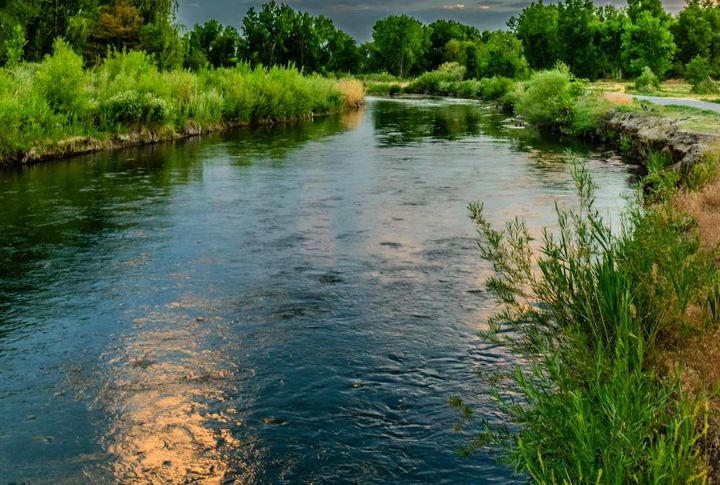
A river that once stretched for miles, teeming with fish and life, can disappear over the course of a century. Some have shrunk beyond recognition, and others have dried up entirely, leaving behind cracked earth and ghostly remnants of their past. What happened to them? Keep reading to uncover the stories of rivers that no longer flow as they once did.
The Santa Cruz River, Arizona
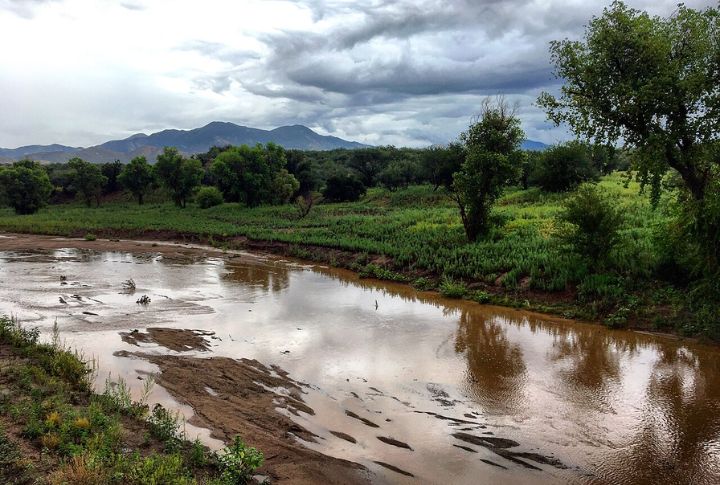
Centuries-old petroglyphs along the riverbanks illustrate a time when the Santa Cruz River had reliable marshy sections. Indigenous settlements relied on the steady currents for farming. However, excessive groundwater pumping in the 20th century drained it. Artificial recharge efforts intermittently restore flow today, but a complete revival might be a distant goal.
The Owens River, California
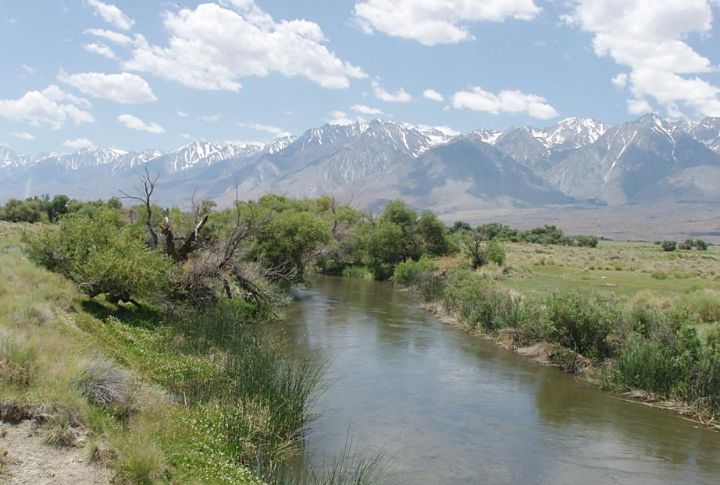
Water disputes have shaped California’s past; few are as infamous as the Owens Valley conflict. In 1913, the Los Angeles Aqueduct diverted its flow, altering Owens Lake into a dry, dust-choked basin. By 1970, particulate pollution became a major issue. Air quality control efforts continue, but the region’s ecological balance remains permanently altered.
Rio Ruidoso, New Mexico

The name of this translates to “noisy river” in English. Rio Ruidoso once lived up to its name and rushed through high-altitude forests to supply the Tularosa Basin. Today, rising temperatures and human water use have left stretches completely dry for months at a time. Brief seasonal floods still occur, but not in the same way they gushed year-round.
The Virgin River’s Lost Tributaries, Utah/Nevada
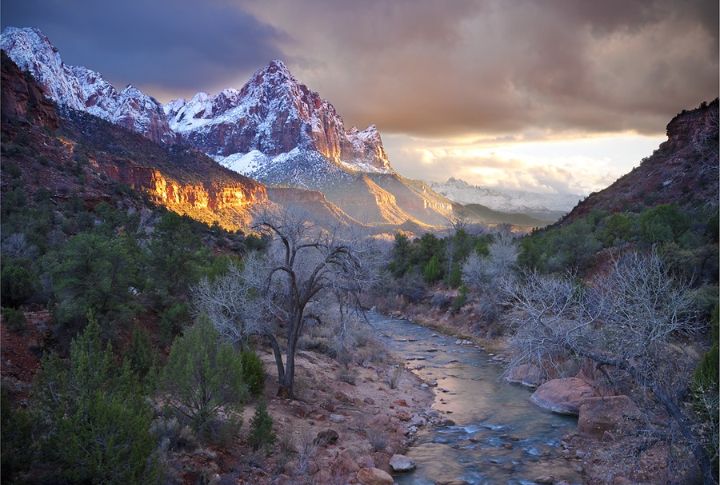
Millions of years of erosion by the smaller tributaries helped shape the dramatic cliffs of Zion National Park. In the past, these streams flowed into the Virgin River, supporting a vibrant desert ecosystem. However, growing urban demand in Las Vegas has drained many of these tributaries, which may explain why steady trickles have been replaced by unpredictable flash floods.
The Gila River, Arizona/New Mexico
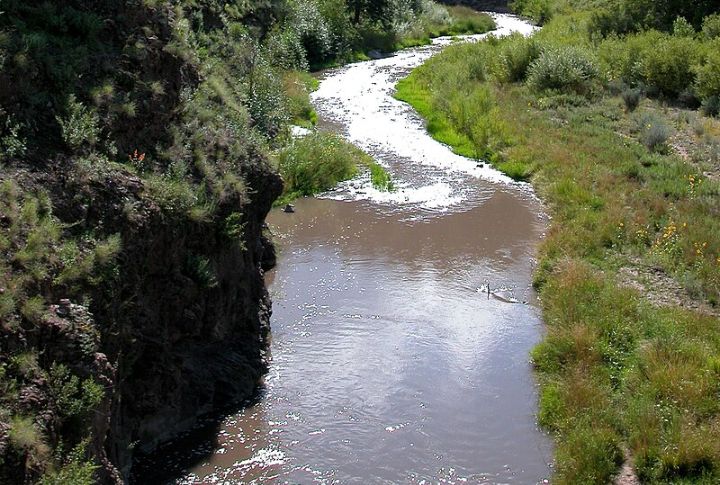
Steamboats once navigated the Gila River, connecting remote desert outposts to broader trade networks. That era ended when the Coolidge Dam was completed in 1930, permanently cutting off much of its flow. Once home to thriving native fish populations, several species have since gone extinct. Restoration projects are ongoing and showing modest progress over time.
The Humboldt River Sink, Nevada
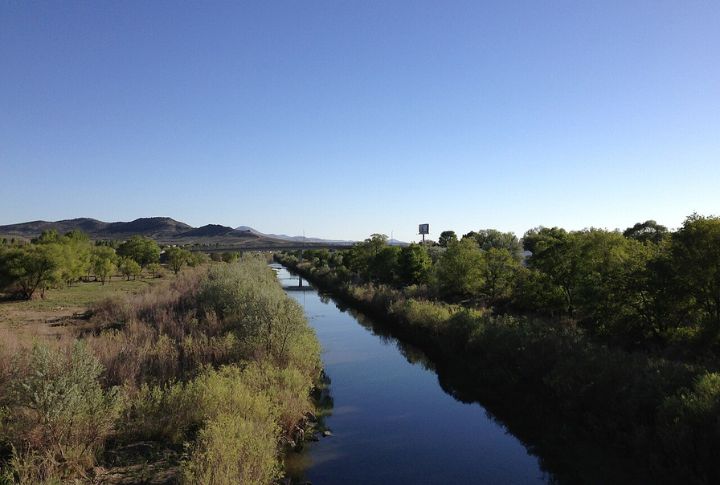
Unlike most rivers, this never reached an ocean; instead, it ended in a vast marshland. Explorers in the 1800s relied on the Humboldt River as a water source when traveling westward. Today, excessive agricultural water use has dramatically reduced its flow, turning once-luscious wetlands into cracked desert plains prone to dust storms.
The Cedar River, Iowa
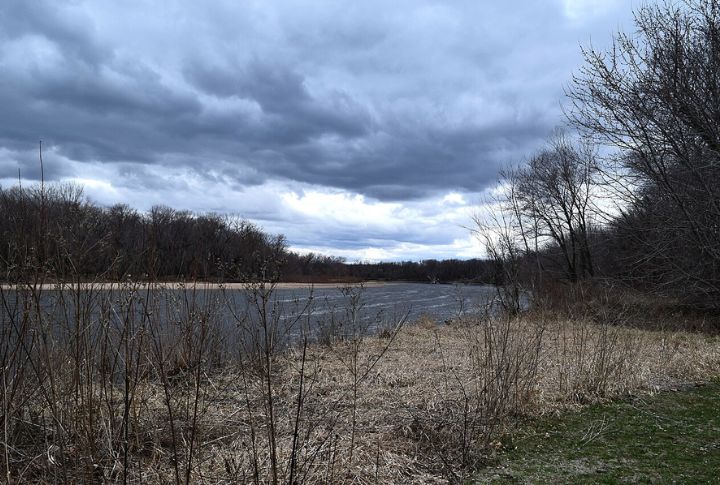
In 2008, record-breaking floods briefly reminded residents of the Cedar River’s former reach. Outside of extreme weather events, human engineering has severely constrained its natural path. Over 80% of its floodplain has been altered by levees and urban development that restricts the river from shifting and flowing as it naturally once did.
The Klamath River Tributaries, Oregon/California
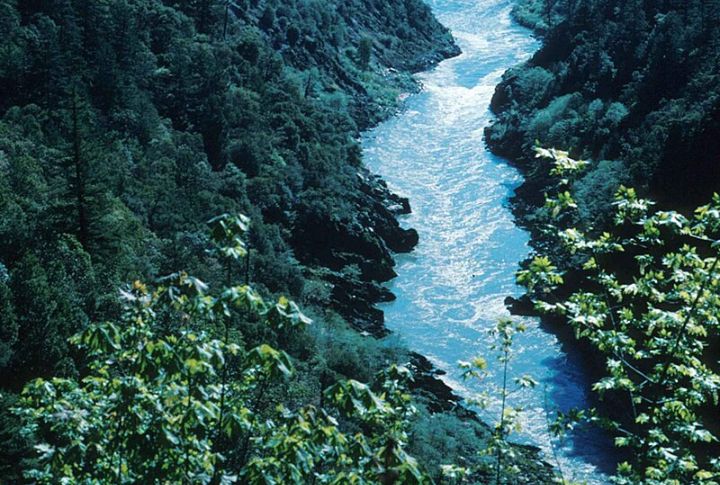
For centuries, salmon thrived in the cold, steady waters of the Klamath’s tributaries. However, that changed when irrigation projects diverted the river’s flows, drying up vital spawning routes. Indigenous tribes, who have long fought for the salmon’s revival, are now witnessing the largest dam removals in U.S. history, aimed at restoring the waterways to their former vitality.
The Colorado River Delta, Arizona/Mexico
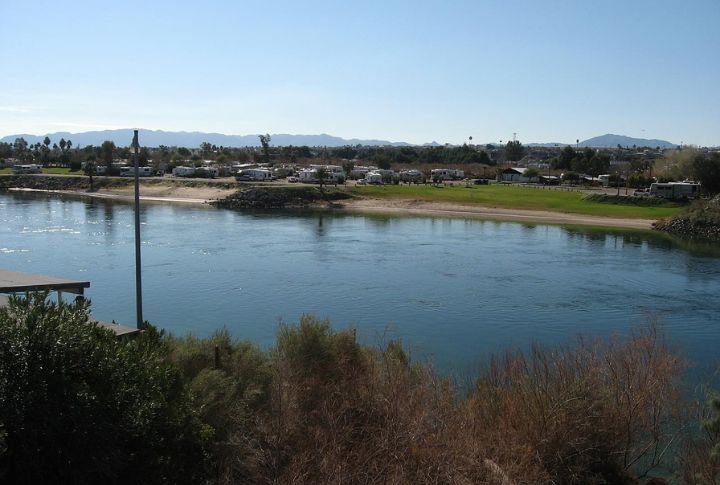
Before damming projects, this was a river that covered nearly two million acres of lush wetlands. The Colorado River Delta was once a massive green sanctuary with diverse wildlife and indigenous communities. Today, a small part of that ecosystem remains. Periodic man-made water releases attempt to simulate historical flows, but this rarely reaches the sea.
The San Pedro River, Arizona/Mexico
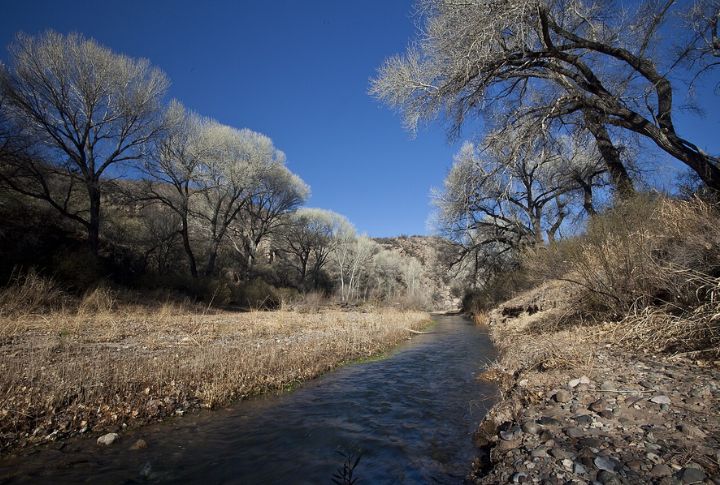
This river once pulsed with life, with an ecosystem of over 80 mammal species and 250 types of birds. It played a major role in migration patterns across North America. However, by the 1980s, groundwater pumping had begun to disrupt its seasonal rhythms. Conservationists now work to protect the last free-flowing sections before more of them vanish.

